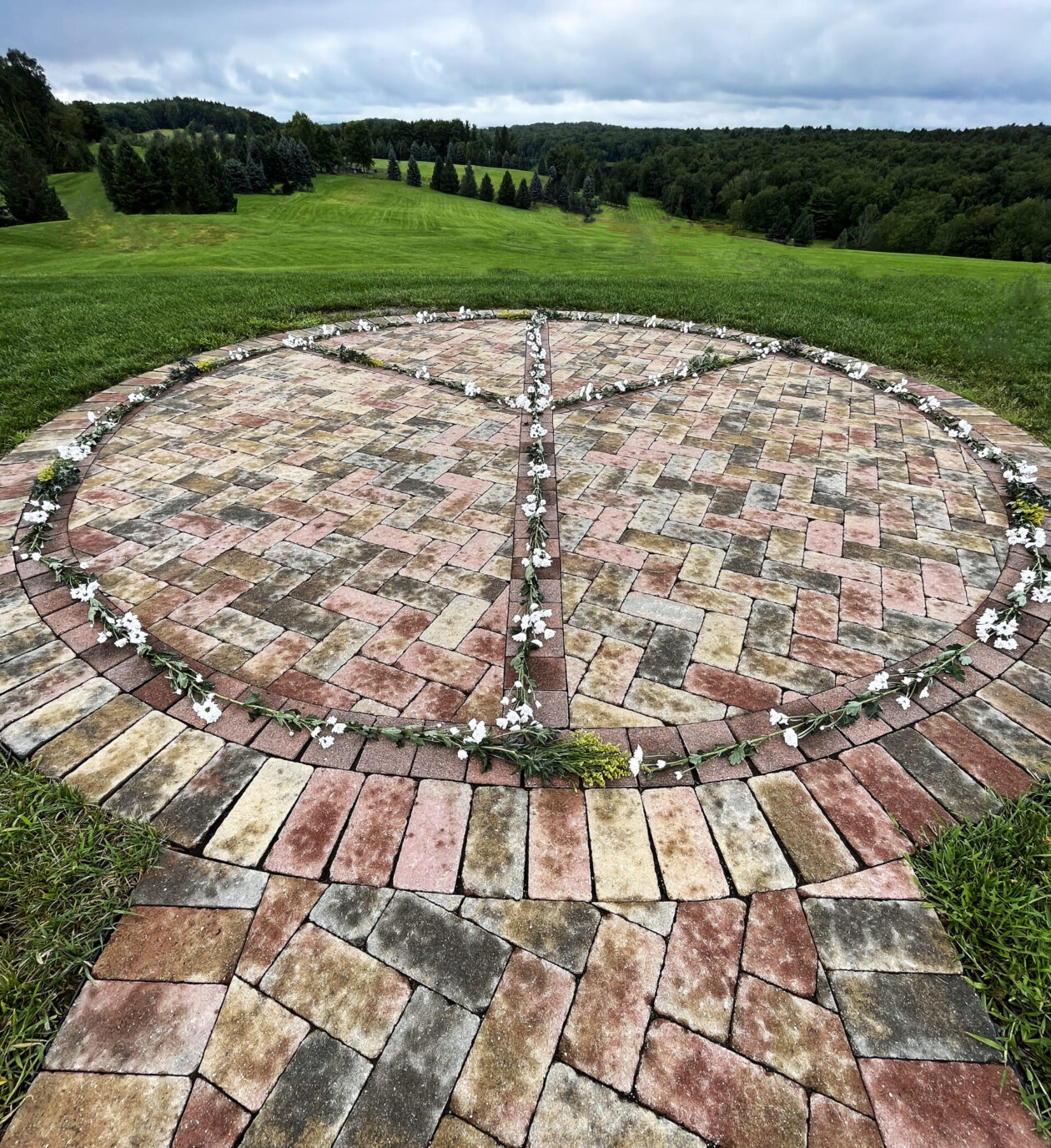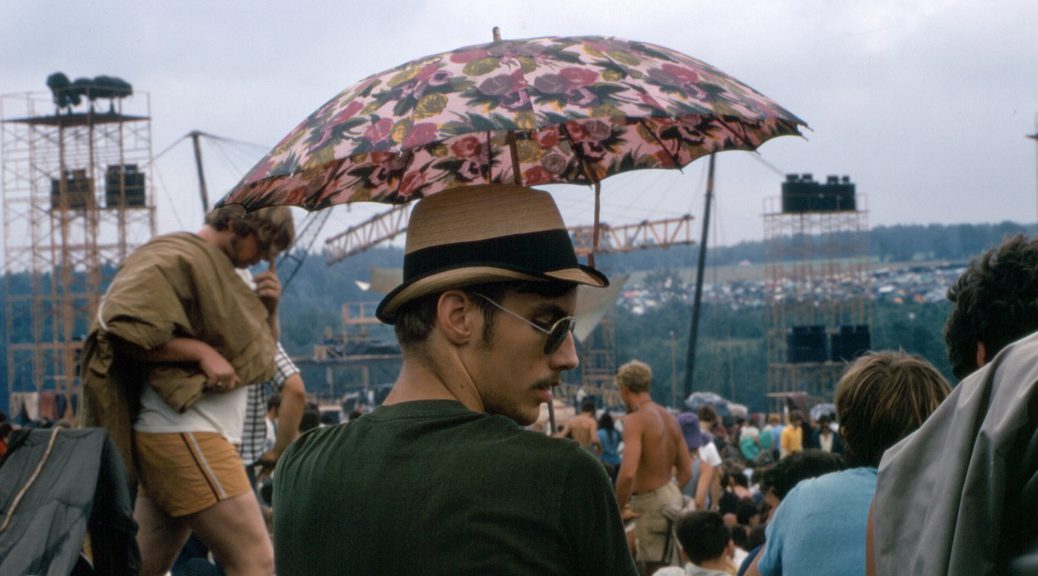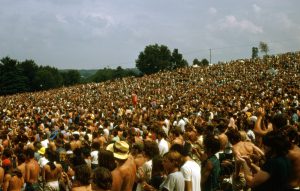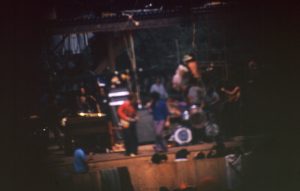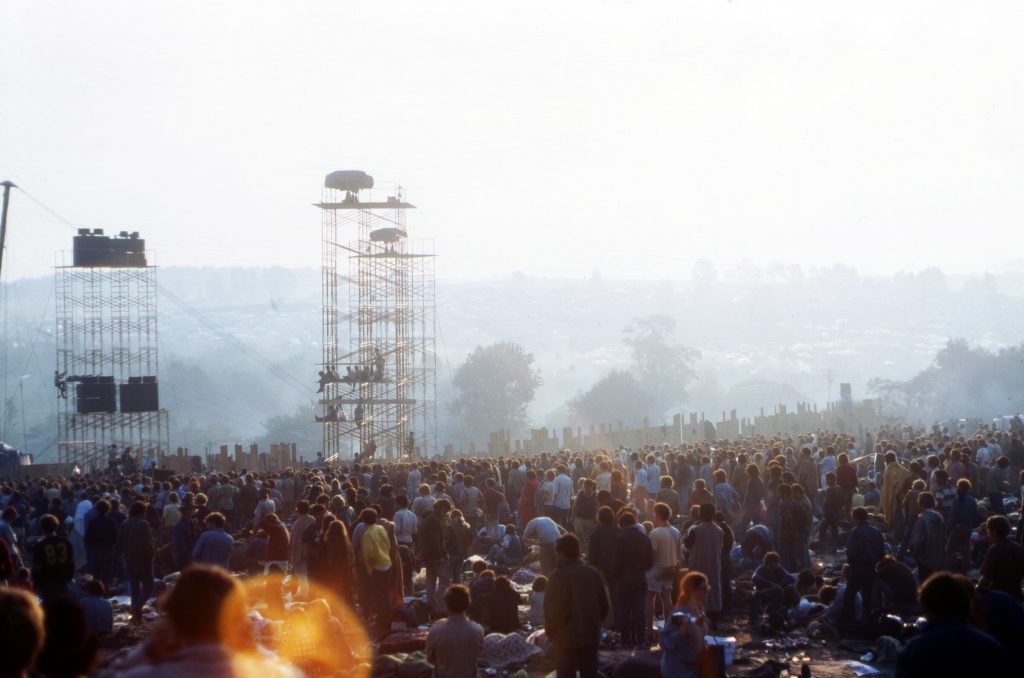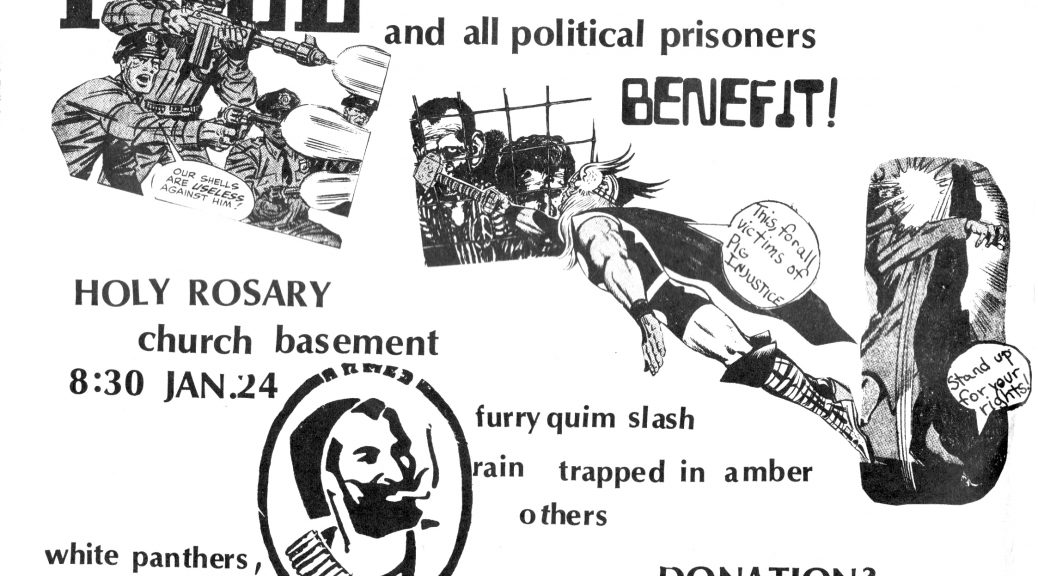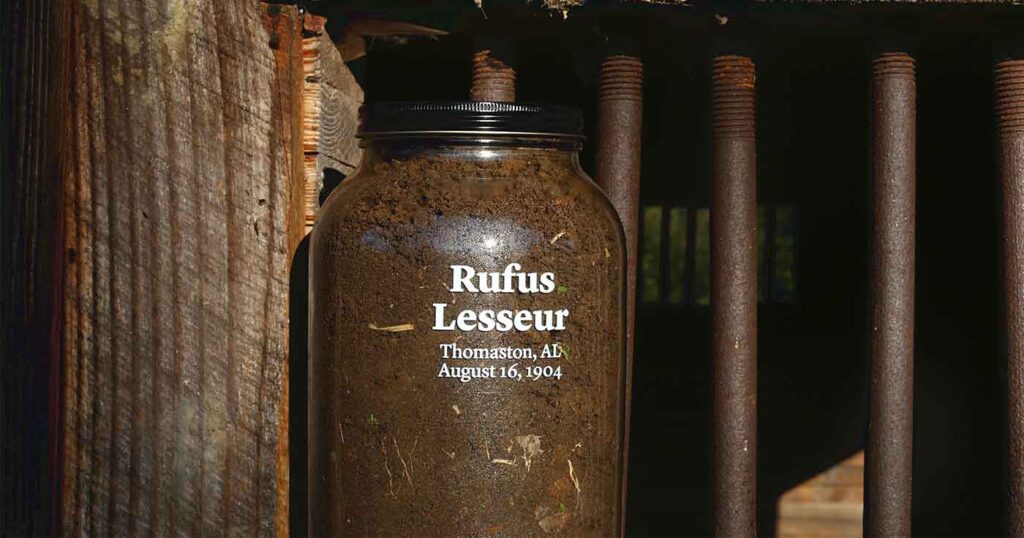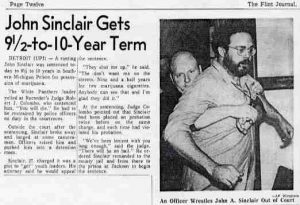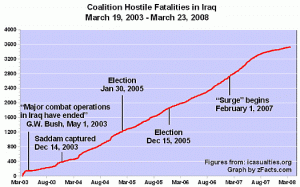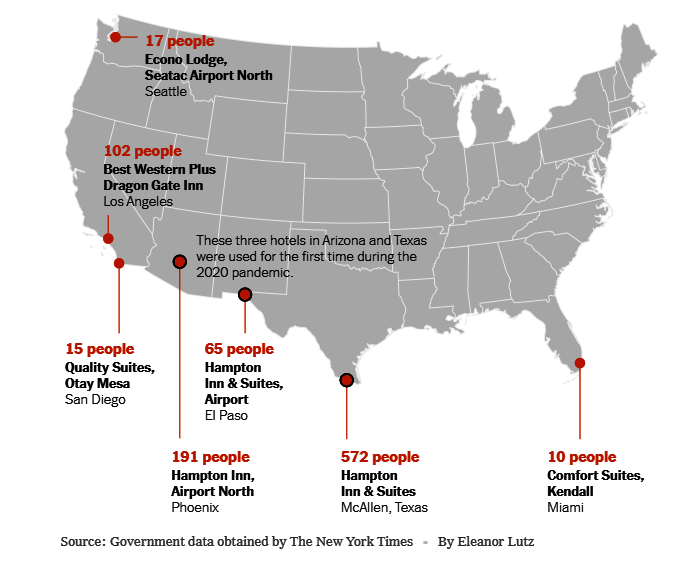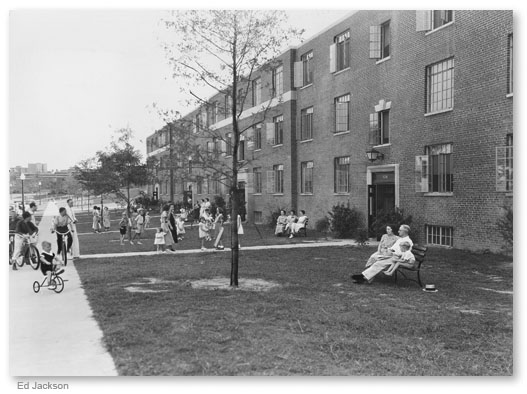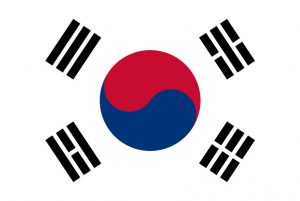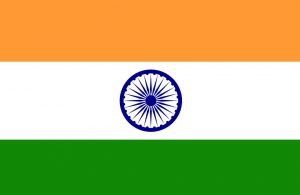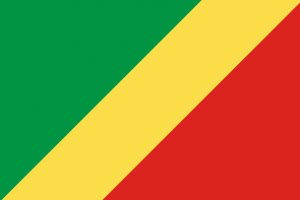Day 2 Woodstock Music Art Fair
Saturday 16 August 1969
My piece of…
…the Woodstock Music and Art Fair was mainly day 2. My friend Tony and I had left New Jersey on Friday night after hearing about heavy traffic around the festival. Leaving 12 hours early for what we thought would be a 90 minute trip seemed a good idea.
Around the same time that Arlo Guthrie announced that authorities had closed it, we drove up the NY Thruway.
We arrived in the Monticello area within a couple of hours, but as everyone knows, Rt 17B was jammed. We crawled along for a few miles before deciding to pull off the road and park. It was dark. It was misty. And there were as many people walking toward the festival as away, the latter saying the festival was cancelled.
We slept in the car until dawn, got up, and started walking. Around noon we got to the field, put our uncollected tickets back in our pockets, and waited.
It was a beautiful day literally and figuratively. It was going to be an historic weekend. Here is the line up, their personnel, and set list for Woodstock Day Two.
Day 2 Woodstock Music Art Fair
Quill
Quill started at 12.15 pm; played for 30 minutes.
| Dan Cole: vocals Jon Cole: bass, vocals |
Norman Rogers: guitar, vocals Phil Thayer: keyboard, saxophone, flute Roger North: drums |
Set list:
|
|
Day 2 Woodstock Music Art Fair
Country Joe
Country Joe was not on Saturday’s schedule, but trying to keep the music going once started required some ingenuity on the part of Michael Lang et al.
They recruited a guitar-less Joe with a strapless guitar and a found piece of rope. Joe’s solo performance has become part of the Woodstock legacy.
He started at 1 pm; played for 30 minutes,
Set list:
|
|
Day 2 Woodstock Music Art Fair
Santana
Santana started at 2 pm; played for 45 minutes.
|
|
Set list:
|
|
Day 2 Woodstock Music Art Fair
John Sebastian
Like Country Joe, Woodstock Ventures drafted the unscheduled John Sebastian to perform to buy time for setting up the next group. The solo Sebastian started at 3.30 pm and played for 25 minutes.
Set list:
|
|
Day 2 Woodstock Music Art Fair
Keef Hartley Band
Keef Hartley Band started at 4.45 pm; played for approx 45 minutes
| Keef Hartley: drums Miller Anderson: guitar, vocals |
Jimmy Jewell: saxophone Henry Lowther: trumpet, violin Gary Thain: bass |
Set list:
|
Halfbreed Medley: Sinnin’ For You (Intro) >Leaving Trunk > Just to Cry > Sinnin’ for You |
Day 2 Woodstock Music Art Fair
The Incredible String Band
The Incredible String Band were scheduled for Friday’s folk lineup, but travel issues prevented that. They started at 6 pm; played for 30 minutes.
| Mike Heron: multi-instrumentals Robin Williamson: vocals, multi-instrumentals |
Christina “Licorice” McKechnie: organ, vocals, multi-instrumentals Rose Simpson: bass, vocals, multi-instrumentals |
Set list:
|
|
Day 2 Woodstock Music Art Fair
Canned Heat
Canned Heat started at 7.30 pm; played for 60 minutes.
| Alan “Blind Owl” Wilson: guitar, harmonica, vocals Bob “The Bear” Hite: vocals, harmonica |
Harvey “The Snake” Mandel: guitar Larry “The Mole” Taylor: bass Adolpho “Fito” de la Parra: drums |
Set list:
|
|
Day 2 Woodstock Music Art Fair
Mountain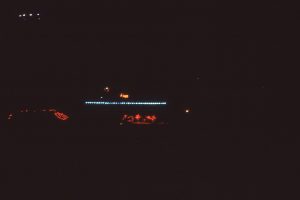
Mountain started at 9 pm; played for 60 minutes.
| Leslie West: guitar, vocals Felix Pappalardi: bass |
Steve Knight: keyboards Norman “N.D.” Smart: drums |
Set list:
|
|
Day 2 Woodstock Music Art Fair
Grateful Dead
Grateful Dead started at 10:30 pm; on stage for 95 minutes (with extended sound issue stretches during set).
| Jerry Garcia: guitar, vocals Bob Weir: guitar Ron “Pig Pen” McKernan: keyboards, vocals |
Tom Constanten: keyboards, vocals Phil Lesh: bass Bill Kreutzmann: drums Mickey Hart: drums |
Set list:
|
|
Day 2 Woodstock Music Art Fair
Creedence Clearwater Revival
Creedence Clearwater Revival started at 12:30 am; played for 50 minutes.
| John Fogerty: vocals, guitar, harmonica, piano Tom Fogerty: rhythm guitar, vocals |
Stu Cook: bass Doug “Cosmo” Clifford: drums |
Set list:
|
|
Day 2 Woodstock Music Art Fair
Janis Joplin
Janis Joplin started at 2 am; played for 60 minutes.
| Janis Joplin: vocals Terry Clements: tenor saxophone Cornelius “Snooky” Flowers: baritone saxophone Luis Gasca: trumpet |
John Till: guitar Richard Kermode: keyboards Brad Campbell: bass Maury Baker: drums |
Set list:
|
|
Day 2 Woodstock Music Art Fair
Sly and the Family Stone
Sly and the Family Stone started at 3.30 am; played for 50 minutes.
| Sly Stone: vocals, keyboard Freddie Stone: guitar, vocals Jerry Martini: saxophone |
Cynthia Robinson: trumpet Rosie Stone: keyboard, vocals Larry Graham: bass Greg Errico: drums |
Set list:
|
|
Day 2 Woodstock Music Art Fair
The Who
The Who started at 5 am; played for 65 minutes.
| Roger Daltrey: vocals Pete Townshend: guitar |
John Entwistle: bass Keith Moon: drums |
Set list:
|
|
Day 2 Woodstock Music Art Fair
Jefferson Airplane
The sun rose and the Jefferson Airplane started at 8 am; played for 100 minutes.
|
|
Set list:
|
|
Day 2 Woodstock Music and Art Fair
Next…Day 3, Woodstock Music and Art Fair
